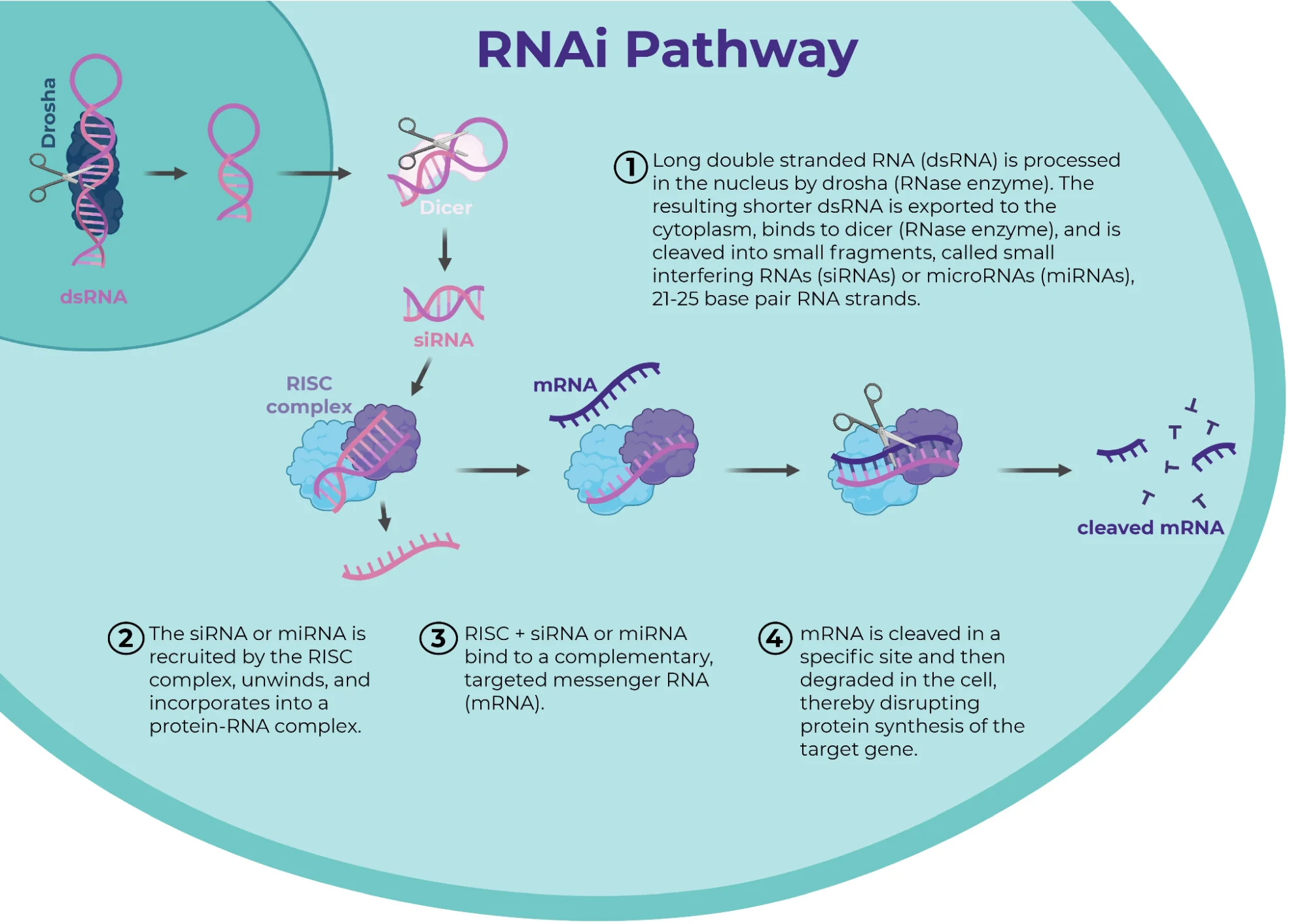![]() June 4, 2024
June 4, 2024
![]() 992
992
![]() 0
0
Biofortification and RNA interference (RNAi) are cutting-edge biotechnological advancements in agriculture. Biofortification enhances the nutritional value of food crops by genetically embedding vitamins and minerals, unlike chemically fortified foods. RNAi is a gene-silencing technique that uses double-stranded RNA to inhibit protein production, with applications in creating pest-resistant plants.


| Must Read | |
| Current Affairs | Editorial Analysis |
| Upsc Notes | Upsc Blogs |
| NCERT Notes | Free Main Answer Writing |
Biofortification and RNA interference (RNAi) are transformative tools in agriculture, addressing malnutrition and crop protection. By improving nutritional profiles and developing pest-resistant crops, these technologies contribute to sustainable farming and better health outcomes.
<div class="new-fform">
</div>
Latest Comments